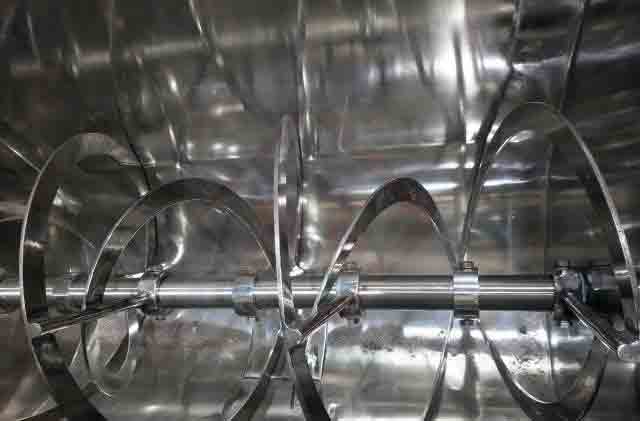Factors Affecting the Performance of Pharmaceutical Blenders and Mixing Equipment
A number of factors affect the performance of Pharmaceutical Blenders and Mixing Equipment. The blending process, which is the most important step in pharmaceutical processing, involves two stages: localized blending and general movement, to achieve a homogeneous final mixture. The mixing methods used in this process are determined by the type of product, as some formulations may yield to sedimentation or overmixing. Some of the types of mixers used in this industry include sigma blade blenders, planetary mixers, and ribbon blenders.
The specifications for Pharmaceutical Blenders and Mixing Equipment must meet strict requirements and industry standards to guarantee safety and quality end products. They should be able to perform a variety of mixing tasks, from reducing particle size to carrying out chemical reactions and manipulating rheology. In addition, they must have high repeatability and be built with a high level of safety. This makes it critical to choose the correct mixer for your specific application.

When purchasing a mixer, keep in mind that there are many different types available. The best blender for your purpose will be the one that meets the most stringent safety standards and meets your requirements. It should be easy to charge, unload, and clean, and it should be able to handle dry powder constituents. This is an essential feature of any Pharmaceutical Blenders and Mixing Equipment. You should choose the right equipment for your application to ensure maximum efficiency.
Pharmaceutical Blenders and Mixing Equipment must meet strict regulations set by the FDA and the European Economic Area (EEA). They must meet health and safety standards to be sold in Europe. The FDA requires that their products adhere to the Restriction of Hazardous Substances (RoHS) to protect the health and safety of European consumers. If the machine you choose does not meet the FDA standards, it cannot be used in any of these markets.
A pharmaceutical mixer is usually made of stainless steel and has a cylinder and a paddle-like paddle. This mixer can be used to mix wet or dry materials, and has multiple mixing functions. A multi-directional motion mixer has a cylinder and a paddle that moves in different directions. A rotary drum is used for this purpose. A rotary blade is also an option in pharmaceutical mixers. Further, some of these machines can be customized for special applications.
Various types of pharmaceutical mixers are used to mix different ingredients. Some of them are made of stainless steel, which is easier to clean. Some of the more expensive ones feature many features and are very complex to use. In addition, these devices can help to prepare medical substances. They can also make the mixing process faster and more efficient. They are also compatible with other types of mixers and can be customized to suit specific needs.
















